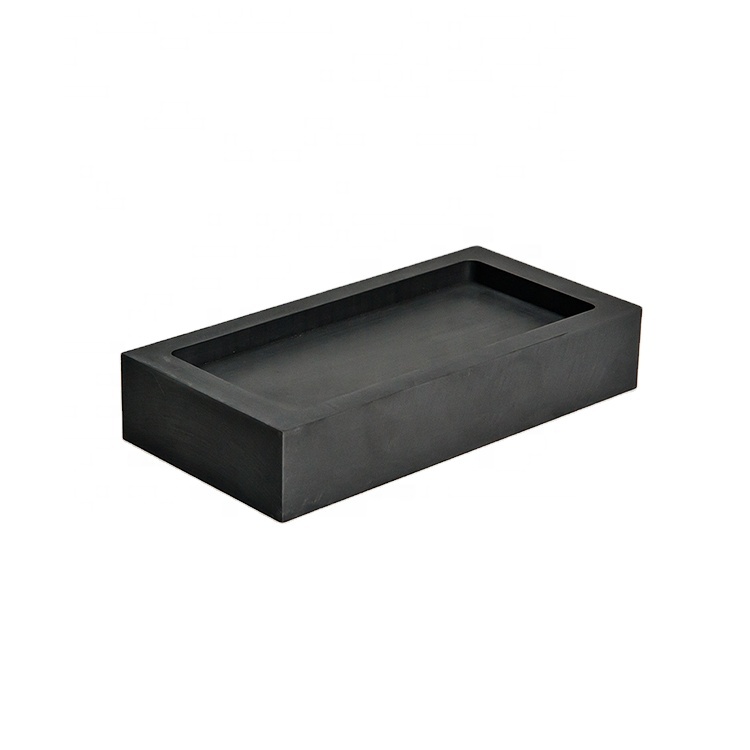How to clean the graphite mold?

Generally, when the molding process is completed, dirt or residues (with certain chemical composition and physical properties) are often left on the graphite mold. For different kinds of residues, the cleaning requirements are also different. Resins such as polyvinyl chloride produce hydrogen chloride gas, which then corrodes many types of graphite die steel. Other residues are separated from flame retardants and antioxidants and can cause corrosion to steel. Some pigment colorants will rust the steel, and the rust is difficult to remove. Even the general sealed water, if placed on the surface of the untreated graphite mold for a long time, it will also cause damage to the graphite mold.
Therefore, the graphite mold should be cleaned according to the established production cycle. After the graphite mold is taken out of the press every time, first open the graphite mold air hole to remove all oxidation dirt and rust in the non critical areas of the graphite mold and template, so as to prevent it from slowly corroding the steel surface and edge. In many cases, even after cleaning, some uncoated or rusty graphite molds will soon show rust again. Therefore, even if it takes a long time to wash the unprotected graphite mold, the appearance rust can not be completely avoided.
Generally, when hard plastics, glass beads, walnut shells and aluminum particles are used as abrasives for high-pressure crushing and cleaning of the surface of graphite mold, if these abrasives are used too frequently or improperly, this grinding method will also make pores on the surface of graphite mold and easy for residues to adhere to it, resulting in more residues and wear, It may lead to premature cracking or burr of graphite mold, which is more unfavorable to the cleaning of graphite mold.
Now, many graphite molds have “self-cleaning” vent lines, which have high gloss. After cleaning and polishing the vent hole to reach the polishing level of spi#a3, or milling or grinding, discharge the residue to the garbage area of the vent pipe to prevent the residue from adhering to the surface of the roughing mill base. However, if the operator selects coarse-grained flushing gasket, emery cloth, sandpaper, grindstone or brush with nylon bristle, brass or steel to grind the graphite mold manually, it will cause excessive “cleaning” of the graphite mold.
Therefore, by searching for cleaning equipment suitable for graphite mold and processing technology and referring to the cleaning methods and cleaning cycles recorded in the archived documents, more than 50% of the repair time can be saved and the wear of graphite mold can be effectively reduced.
Post time: Aug-02-2021
